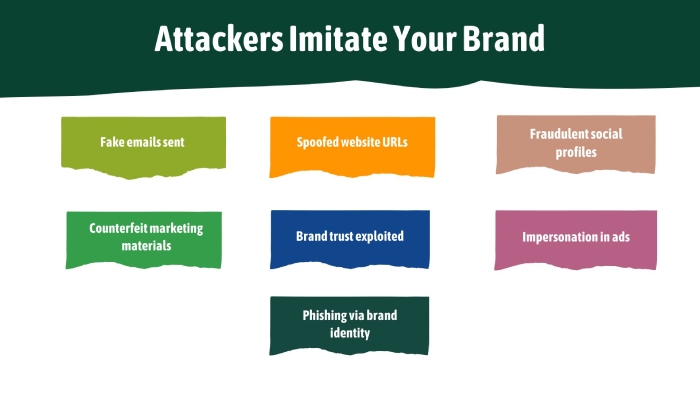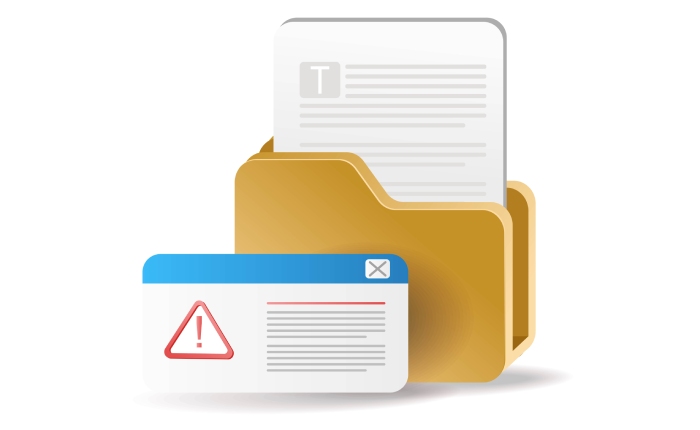Why transactional emails should always be DKIM-signed
Not every email that you send is important, but transactional emails— the ones that confirm your payments, send shipping updates, or reset your password—are especially critical. That’s not just because they carry important information, but also because your users need to act on it quickly.
Now, cyberattackers recognize this urgency and use it as an opportunity to mess with these emails and dupe your users into clicking fake links, entering their credentials on spoofed sites, or trusting messages that were never actually sent by you.
So, yes, transactional emails are as useful for cyberattackers as they are for you and your users. That being said, it’s clear that you must secure them just as carefully as you design them. And that starts with you authenticating these emails with DKIM (DomainKeys Identified Mail).
Let us take a look at why you should be extra careful with your transactional emails and sign them with DKIM for added security.
Why are transactional emails cyberattackers’ favourite target?
The answer is simple—because they appear genuine, and people trust them without giving it a second thought.
Let’s be honest—most people don’t think twice before clicking on an email that looks like an order confirmation or a payment receipt. If it looks like it came from your brand, they trust it. And that’s exactly what attackers want— for your users not to be able to spot any discrepancies in the incoming email.
These attackers imitate your brand’s look, tone, and timing, which makes the email feel very real. And once that happens, the damage is done. Their data could be stolen, their account could be taken over, or they could lose money.
What makes things worse is the sense of urgency that most transactional emails bring along. A password reset that expires in minutes, an OTP that needs to be used right away, a delivery update that feels time-sensitive—these messages push users to act fast. And when people are in a hurry, they don’t always stop to check if the email is real.
Attackers know this, and they capitalize on this opportunity to slip past your users’ usual caution. This is why you need to safeguard your transactional emails with a stronger security measure, such as DKIM authentication.
How does DKIM protect your transactional emails?
Cybercriminals mess with your transactional emails by either pretending to be you or altering the content before it reaches your client. In both cases, their goal is to make the email look trustworthy, so your users engage with it without suspicion.
By authenticating your outgoing emails with DKIM, you eliminate the risk of your domain being misused to send fake or tampered messages.
Let us take a look at how DKIM protects your transactional emails from being misused and reinforces customer trust.
Confirms the sender’s identity
DKIM helps in authenticating that your email was actually sent from your domain. When your server signs an email with DKIM, the receiving mail server is able to validate this signature by using a public key published in your DNS records. This process confirms that the email hasn’t come from an impersonator. You have to be extra careful if you send transactional emails because, with such emails, users expect the message to be from a trusted source.
Protects the integrity of the message
When you sign an email with DKIM, you ensure that its content cannot be altered or manipulated as it transits from your server to the recipient’s inbox. The digital signature is tied to the exact content of the email at the time it was sent. If even a small part of the message is changed along the way, the DKIM check will fail. So if your transactional emails are DKIM signed, the attacker can’t quietly tamper with your emails, and if by any chance they do manage to tamper with it, the receiving server will mark the message as suspicious or reject it entirely.
Boosts deliverability and trust
Apart from stopping attackers, DKIM also helps make sure your emails don’t end up in the spam folder.
As you know, most email service providers like Google and Yahoo require your emails to be authenticated with authentication protocols like DKIM to get your email across to the recipient’s inbox. And if your emails, especially transactional emails, are not authenticated with DKIM, these ESPs may not trust them. They might mark them as spam, delay them, or block them altogether.
Rounding Up
You might have heard that not every outgoing email needs to be signed with DKIM. Well, that’s true, but not for transactional emails.
When it comes to transactional emails, it is best that you remain extra vigilant and deploy strong defenses as part of your cybersecurity strategy.
Authentication protocols such as SPF, DKIM, and DMARC help protect your domain and users by verifying the sender’s identity, preventing tampering, and enhancing deliverability.



